-

December 16, 2021What a Year -- Top 10 Articles from the BCRC Blog in 2021 This past year presented Canadian beef producers with a lot of different...
Keep Reading -
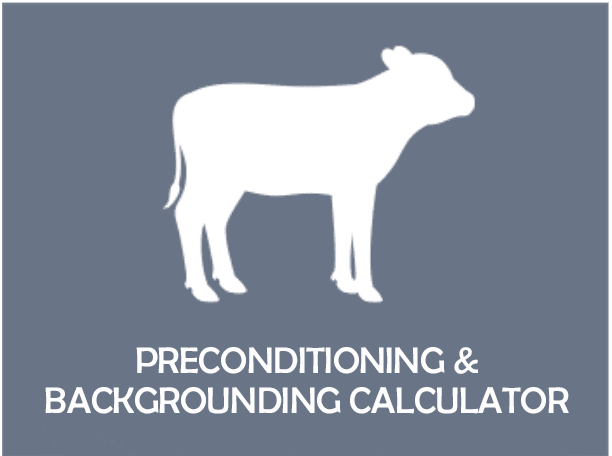
October 7, 2021What’s the most profitable post-weaning choice for your calves? Try our updated calculator! Drought conditions across the country this year remind...
Keep Reading -
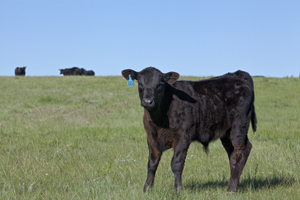
April 26, 2021To Sell or Background Calves? – Introducing the BCRC Backgrounding Calculator “Should I sell or background my calves?” is a question most...
Keep Reading -

September 28, 2020Calculating Net Returns from Preconditioning Programs Low calf prices, low feed costs and good grass conditions make hardy arguments for retained...
Keep Reading -
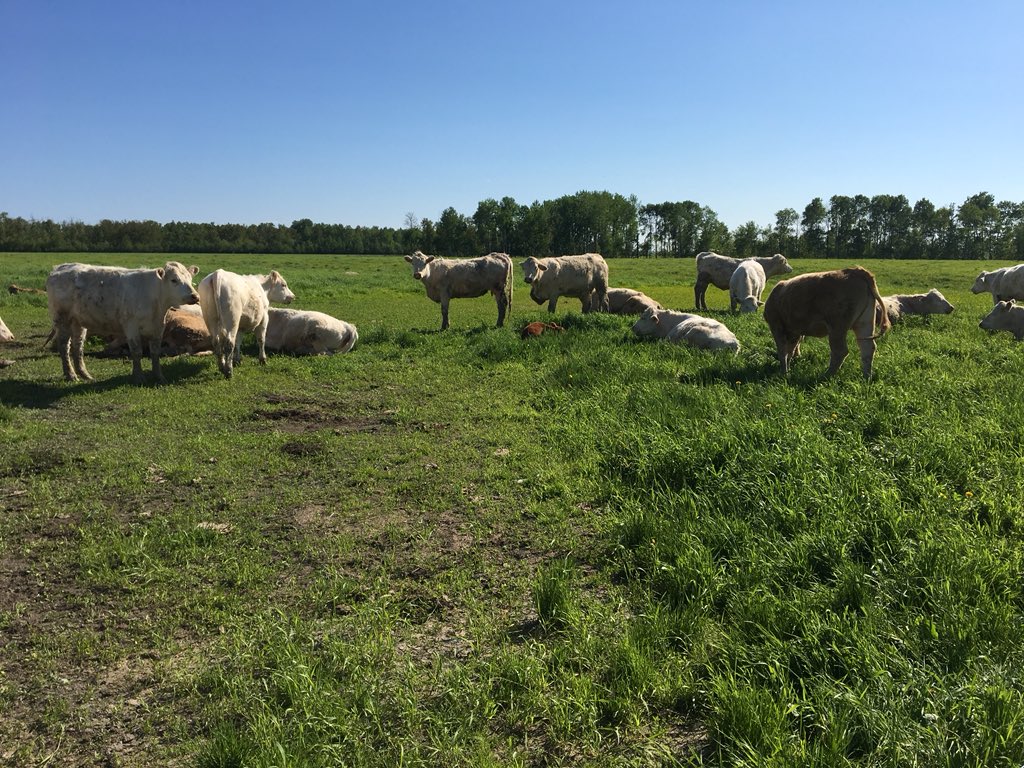
September 18, 2020Meet the Council: Implementing Management Practices that Pay Off The Beef Cattle Research Council (BCRC) is made up of producer members from across...
Keep Reading -
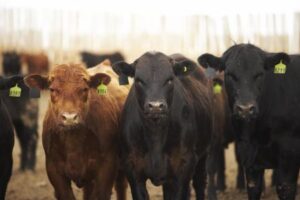
September 18, 2017Bovine Respiratory Disease from the Farm to the Feedlot This article written by Dr. Reynold Bergen, BCRC Science Director, originally appeared in the...
Keep Reading -
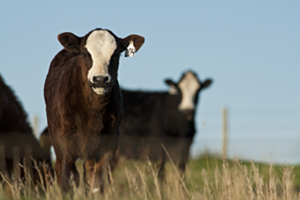
September 14, 20165 Articles for Cow-Calf Producers Heading into Fall With Fall around the corner, it’s a good time to (re)consider a few production...
Keep Reading -

June 16, 2016Bov-Innovation: Putting Theory into Practice This article written by Dr. Reynold Bergen, BCRC Science Director, originally appeared in the June 2016...
Keep Reading -
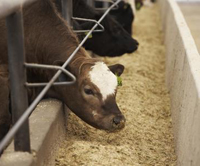
September 23, 2015Managing Calves for Improved Productivity and Reduced Antimicrobial Use: Webinar September 28 Update: Missed the webinar? Find the recording and check...
Keep Reading